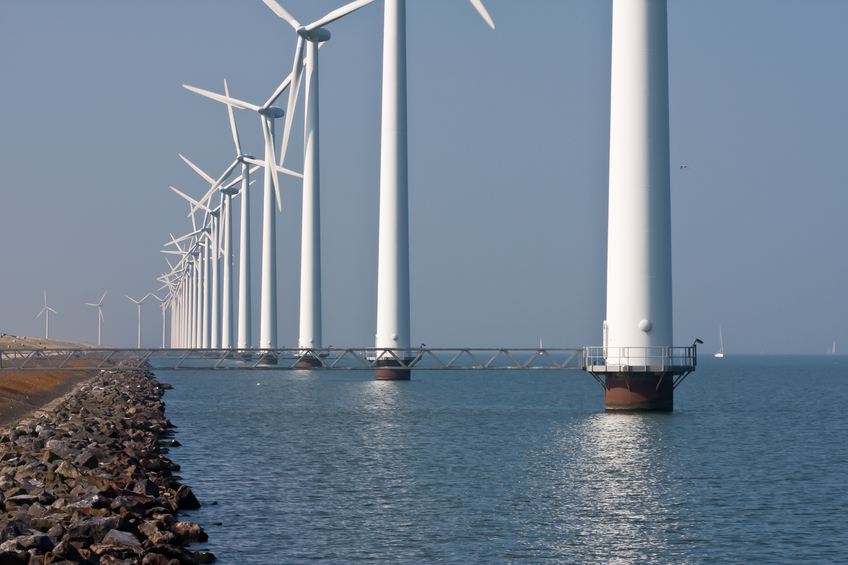Incidents relating to the installation and operation of high-voltage subsea cables are the most costly cause of financial losses in the global offshore wind industry, according to a new report from GCube Underwriting Ltd., an underwriter for the renewables sector.
In fact, these incidents led to insurance claims totaling more than EUR 60 million in 2015, according to data from GCube’s “Down to the Wire: An Insurance Buyer’s Guide to Subsea Cabling Incidents.”
On average, says the underwriter, at least 10 subsea cable failures are declared to insurers each year in the offshore wind sector. Though this frequency is low, the financial severity of these incidents upon developers, project owners and offshore transmission owners continues to grow – such that they account for 77% of the total global cost of offshore wind farm losses.
GCube warns that managing this financial impact will be essential if the industry is to meet increasingly stringent cost-reduction targets and maintain its appeal to the international investment community.
In the report, GCube explores the causation, financial impact and mitigation of subsea cabling incidents. Notably, GCube finds that two-thirds of cable faults recorded in its claims database can be attributed to contractor error during the installation phases, even if these do not manifest until the wind farms are operational.
According to the underwriter, this statistic highlights a growing requirement not only to ensure quality control during cable laying but also to create more effective communications channels and improve data-collection procedures.
“It’s striking just how often subsea cabling incidents in offshore wind can be traced back to human error,” notes Jatin Sharma, head of business development at GCube and author of Down to the Wire.
“Cable installation techniques and monitoring technology are continuing to evolve as the industry looks to address this challenge; however, recurring losses are still commonplace, and the number of repeat offenders is a source of concern for the insurance industry,” Sharma continues.
“Ultimately, when it comes to sharing lessons learnt, there’s no substitute for full transparency and consistent dialogue between project teams and the industry at large. A behavioral shift may be needed when it comes to the risk/reward balance developers agree in supply and installation contracts. In an industry aggressively driving down costs, there is clearly not enough margin for contractors to try and improve,” Sharma says.
“Down to the Wire: An Insurance Buyer’s Guide to Subsea Cabling Incidents” is the fifth claims report published by GCube. It aims to promote collaboration and best practices to minimize balance sheet losses and featured technical expertise from HVPD, 6 Alpha Associates, Vattenfall, RES Offshore, CPNL, MWaves, TetraTech, BVG Associates and RELA.




